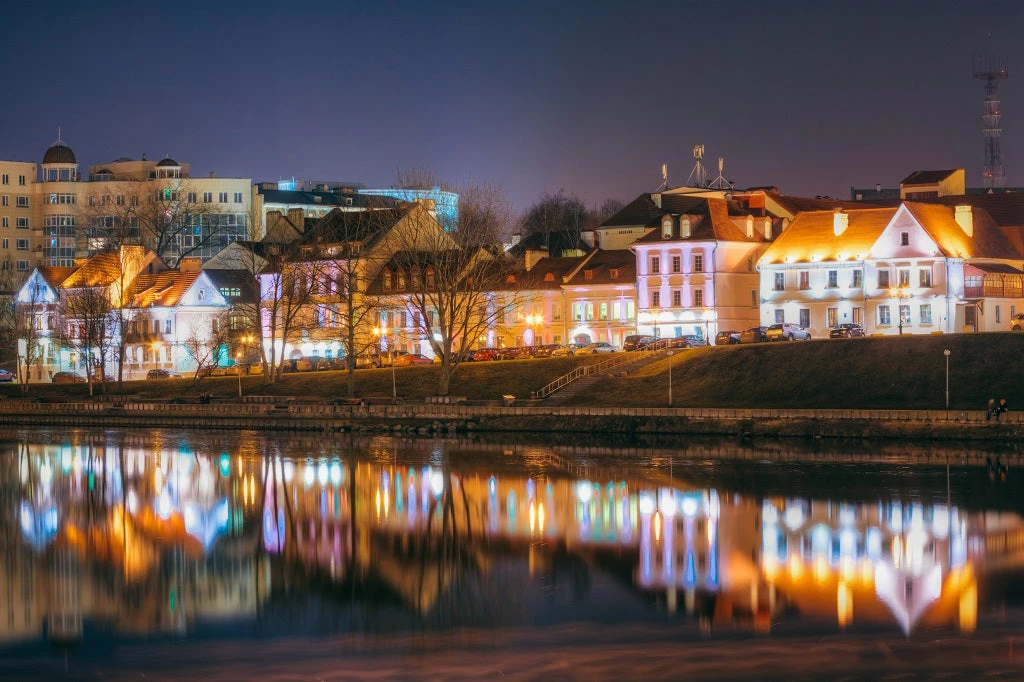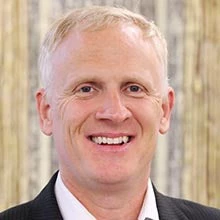
I began work in Belarus last September. Looking back, I can see three phases in my love affair with Belarus.
In the first phase, before I came here, I heard the stereotypes about Belarus’s reputation, the simple clichés spread about by journalists too lazy to recognize the country’s complexity. You know them as well as me: “the last dictatorship in Europe”, “the last remnant of the Soviet Union”, the republic of potatoes, the land of grey buildings and grey skies.
Many times I had the same conversation:
“Where are you moving to?”
“Belarus.”
“Belarus? Well, at least they have good roads.”
In the second phase, I was won over by the beauty of Minsk’s neo-classical architecture and immaculate parks. But even more by the warmth and courtesy of Belarusian people. And their readiness to help an ignorant foreigner. I will never forget how, the day we flew in, the “дежурная” ( caretaker lady — English) from an office block left her booth and guided us down the street to find someone who would repair my wife’s cellphone.
This was my new home and I wanted others to appreciate it too. By the end of September, I was boasting to my colleagues about Belarus’s success in reducing poverty over the last 15 years, and about the quality of health care and basic education. Belarus had been one of the countries with the fastest reductions in poverty in the whole of Europe and Central Asia.
In truth, I was trying to work out a strategy for the World Bank in a country which — on the surface at least — appeared to have solved all its problems.
In the third phase, I began to read. And the more I read, the better I understood the fragility of Belarus’s economic and social achievements. Reading the data, I realized how Belarus’s economic growth since 2003 was based upon foreign borrowing, on using old equipment more intensively, and on increases in the world price of oil – three processes that cannot continue forever and can easily go into reverse. I realized that budgetary and debt constraints were now squeezing public spending on infrastructure, salaries and public services. I read the enterprise surveys and realized that all kinds of business, small, medium and large, were having difficulty finding employees with modern skills.
And this was about people, not just numbers. I realized how severely households’ incomes had been affected by the recession of 2015-2016. Reading the daily news from BelTA every morning, I also realized how important it is for household incomes to grow rapidly again.
Belarus is trying to build new sources of economic growth. There’s a growing recognition that the country’s prosperity depends upon encouraging private business; that the education system must encourage independent thinking and modern skills; that Belarus’s infrastructure needs require new sources of financing; and that the country can only raise incomes by becoming more productive – not by borrowing from abroad.
Minsk is a city of beautiful architectural facades, from the portico of the Opera House to the frontage of the elegant cafes on Lenina Ulitsa. But truly to love a country, one must spend some time behind the facades. It’s behind the facades that I am finding Belarusians’ intelligence, energy and charm. And also behind the facades lie many socio-economic challenges, which Belarus and the World Bank Group will face together.


Join the Conversation